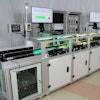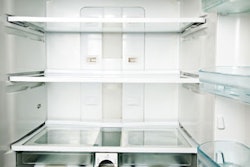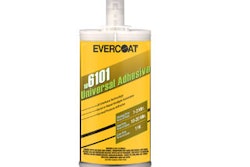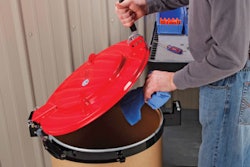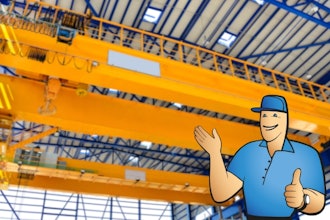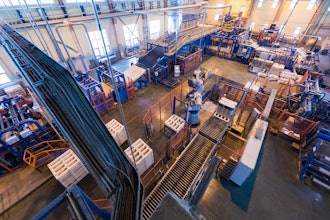This is part 1 of a 2 part series; check out tomorrow's IMPO Insider for part 2.
Automatic orbital Gas Tungsten Arc Welding (GTAW) is utilized in a variety of industries in which maximum leak integrity, high performance, or ultra cleanliness is of paramount importance. Automatic orbital welding provides enhanced precision and reliability compared to manual techniques. Small, portable inverter power supplies, advanced control systems and other advancements have made orbital welding systems practical for a range of applications.
The advent of new technology has led to further improvements in these systems. Power supplies designed with open platforms provide welders of various skill levels with even more welding options and an ease of use not previously available. Enhanced programs and controls help improve the consistency and reliability of welds as well as operator efficiencies. This article will review several of these advancements.
OPEN PLATFORM DESIGN
Orbital welding power supplies have been incorporating more skills of the welder into the welding system itself, enabling efficiencies in automation, programming, and documentation. To achieve these efficiencies, a power supply must be designed with an open platform that allows an interface with standard devices and the ability to expand as technology evolves. The result is a welding system that meets the expanding needs of various industries.
Automation. Aspects of the welding process that historically would be undertaken manually, such as travel speed, arc gap, current control, and gas flow are controlled through electronic and mechanical means. This minimizes many of the variables in the welding process that can lead to errors or defects and enables welders to focus most of their attention on overseeing the process and completing actual welds. The result is a more efficient and streamlined welding process that enhances productivity as well as weld consistency and quality.
Newer automatic orbital welding systems provide operators with numerous preset programs and enhanced user interfaces to assist with programming. Operators can download welding programs via a USB flash drive or an Ethernet connection.
Programming. Every orbital weld – regardless of the application – requires the creation of a program, which controls the output characteristics of the system. User-friendly systems simplify programming by providing step-by-step procedures to create programs for a variety of tube diameters, wall thicknesses and base materials. Rather than build programs manually using charts or tables, assessing past weld parameter data, or relying on memory, the operator can create a program by selecting pertinent data from “pick lists” or dropdown menus. The system then creates the initial program for the operation, which can significantly reduce the chance for human error and reduce start-up time. This is also very helpful when welding materials that are unfamiliar to the user. If additional assistance is needed, a quality orbital welder supplier will also offer assistance in developing welding programs.
Newer orbital welding systems offer numerous preset programs and enhanced user interfaces for programming ease. Models are available with integral USB ports that enable operators to plug in a keyboard, mouse, and/or a number keypad for easier data entry. Operators may also download welding programs via a USB flash drive or update operating system software to add features or functionality. Durable, integrated color touchscreens also help with programming ease.
High-speed thermal printers enable users to print a hard copy reference of weld parameter details for documentation purposes.
Documentation. In some industries, documentation of the weld is important for quality assurance and control. Traditionally, the documentation process is costly and time consuming, requiring weld operators to maintain detailed, written weld logs that must be entered into databases and formatted into reports. But today’s orbital welding technology enables this data to be stored within the system for retrieval and transfer to databases for analysis and reporting. Data management can help an organization track trends, review production rates and calculate costs per weld. Ultimately, this can aid in improving efficiency, lowering costs, and enhancing the accuracy of bidding on welding jobs.
High-speed thermal printers built into newer orbital welders also help with documentation. For example, users can print a hard copy reference of weld parameter details for documentation purposes. Based on procedural requirements, operators may need to “coupon in” by creating a schedule, completing a weld, examining it for quality, and documenting these actions by printing the coupon. At specified intervals, the operator will perform similar actions to “coupon out.” Coupon printouts provide a record of verification to meet quality control requirements.
John Glessman is manager, welding system products, for Swagelok Company, 31500 Aurora Road, Solon, Ohio 44139, www.swagelok.com. He can be reached at [email protected] or 440-349-5934.


